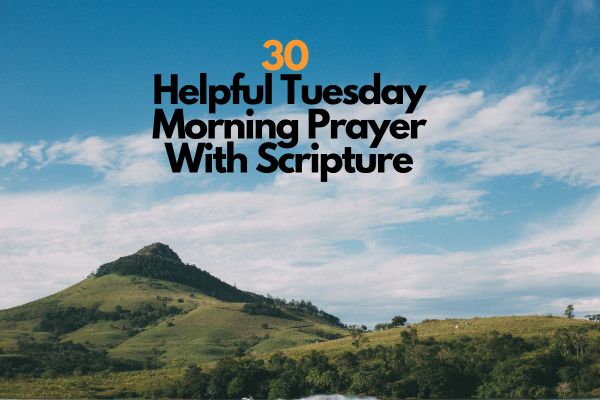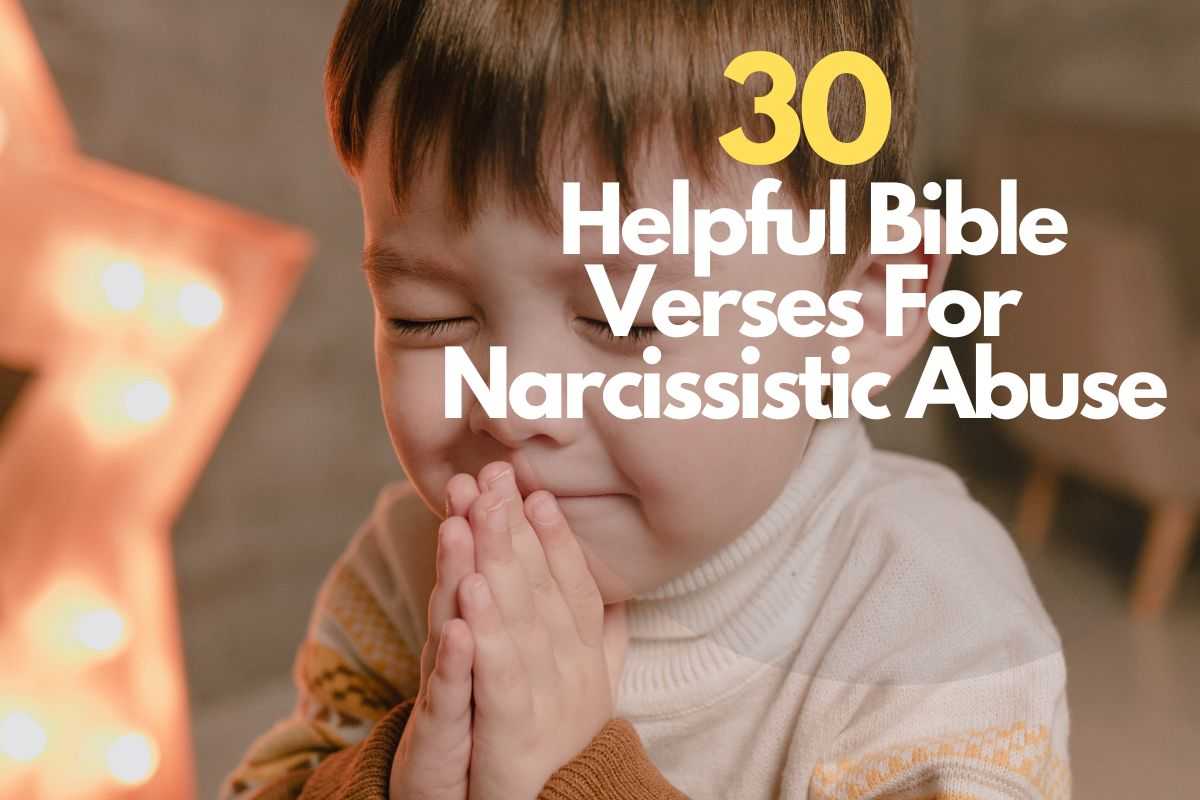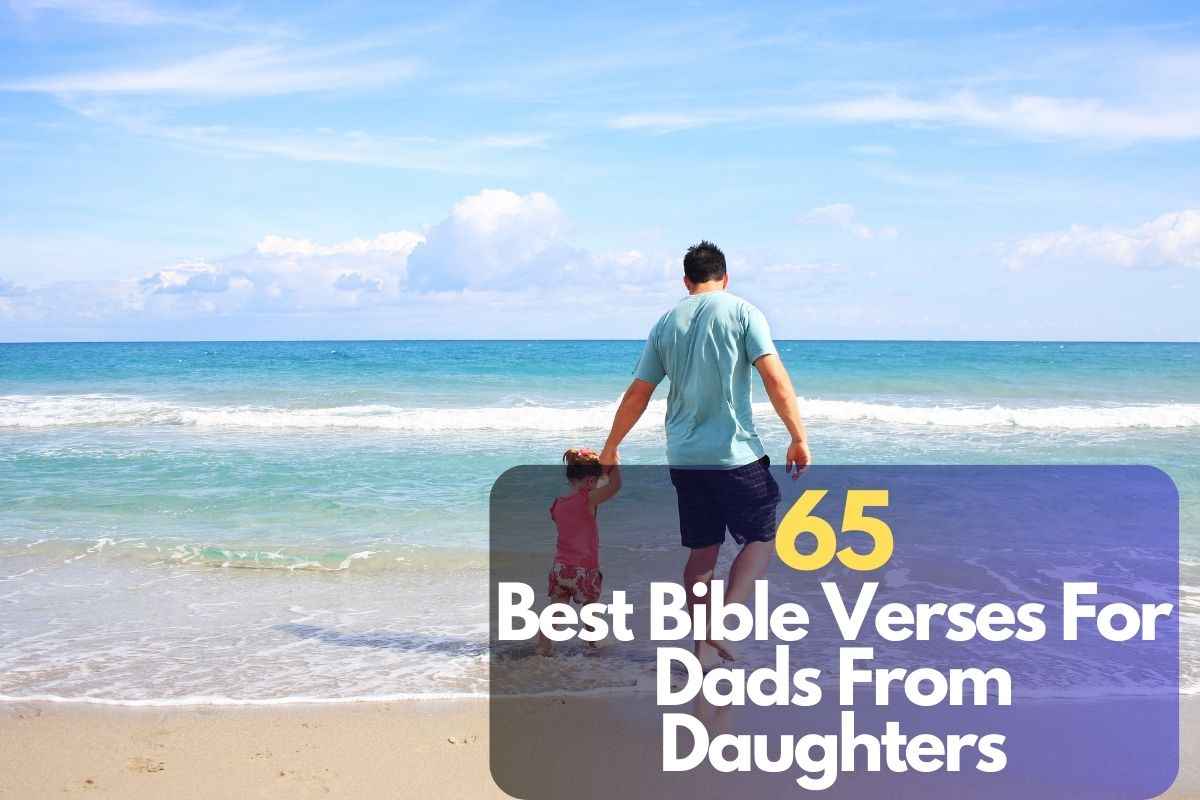Choosing the best Bible translation for new believers can be a daunting task.
With so many options available, finding a version that is easy to read, accurately translated, and faithful to the original text is essential.
This article will explore the best Bible translation for new believers and explain why each is a great choice.
Best Bible Translation For New Believers
1. New Living Translation (NLT)
The NLT is a popular translation that is easy to read and understand. It uses modern language and is written at a 6th-grade reading level, making it accessible to new believers. It’s also a dynamic equivalence translation, meaning it focuses on conveying the original meaning of the text rather than a word-for-word translation.
Why You Should Read New Living Translation (NLT)
- Maintains a balance between literal and dynamic equivalence.
- Includes study notes, cross-references, and maps for enhanced study.
- It emphasizes the unity and coherence of the Bible as a whole.
- Includes introductions to each book and a comprehensive concordance.
- Available in a wide range of formats, including audio and digital versions.
- Widely used in churches and Christian communities worldwide.
2. English Standard Version (ESV)
The ESV is a literal translation known for its accuracy and readability.
It’s written at an 8th-grade reading level and is an excellent choice for a more formal translation. It’s also widely used in academic settings.
Why You Should Read English Standard Version (ESV)
- Includes cross-references and study notes to aid in comprehension and study.
- Maintains a balance between literal and dynamic equivalence.
- Includes introductions to each book and a comprehensive concordance.
- Available in a wide range of formats, including audio and digital versions.
- Trusted by scholars and theologians for its accuracy and scholarship.
3. New International Version (NIV)
The NIV is one of the most popular translations available today. It’s written at a 7th-grade reading level and is known for its accuracy and readability.
It’s a dynamic equivalence translation and is an excellent choice for those who want to balance accuracy and accessibility.
Why You Should Read NIV
- Easy to read and understand, making it accessible for new believers.
- Accurate and reliable translation for personal study and public reading.
- Widely used in churches and Christian communities worldwide.
- Includes study notes, cross-references, and maps for enhanced study.
- Maintains a balance between literal and dynamic equivalence.
4. Christian Standard Bible (CSB)
The CSB is a newer translation that is gaining popularity. It’s a balanced translation that is accurate and easy to read.
It’s written at a 7th-grade reading level and is a great choice for new believers who want a modern translation faithful to the original text.
Why You Should Read Christian Standard Bible (CSB)
- Easy to read and understand, making it accessible for new believers.
- Accurate and reliable translation for personal study and public reading.
- Reflects current scholarship and language usage.
- Maintains a balance between literal and dynamic equivalence.
- Includes study notes, cross-references, and maps for enhanced study.
- Emphasizes the unity and coherence of the Bible as a whole.
5. New King James Version (NKJV)
The NKJV is a modernized version of the King James Version (KJV).
It’s written at a 7th-grade reading level and maintains the beauty and elegance of the KJV while using modern language. It’s an excellent choice for those who want a more traditional translation.
Why You Should Read New King James Version (NKJV)
- Includes introductions to each book and a comprehensive concordance.
- Available in a wide range of formats, including audio and digital versions.
- Includes study notes, cross-references, and maps for enhanced study.
- Trusted by scholars and theologians for its accuracy and scholarship.
- Emphasizes the unity and coherence of the Bible as a whole.
6. Holman Christian Standard Bible (HCSB)
The HCSB is a dynamic equivalence translation known for its accuracy and readability.
It’s written at a 7th-grade reading level and is an excellent choice for those who want a modern translation faithful to the original text.
Why You Should Read Holman Christian Standard Bible (HCSB)
- Reflects current scholarship and language usage.
- Maintains a balance between literal and dynamic equivalence.
- Includes study notes, cross-references, and maps for enhanced study.
- It emphasizes the unity and coherence of the Bible as a whole.
- Includes introductions to each book and a comprehensive concordance.
7. New American Standard Bible (NASB)
The NASB is a literal translation that is known for its accuracy. It’s written at a 10th-grade reading level and is a great choice for those who want a more formal translation. It’s also widely used in academic settings.
Why You Should Read New American Standard Bible (NASB)
- Maintains a balance between literal and dynamic equivalence.
- Accurate and reliable translation for those who prefer a more formal style.
- Includes study notes, cross-references, and maps for enhanced study.
- Includes introductions to each book and a comprehensive concordance.
- Trusted by scholars and theologians for its accuracy and scholarship.
8. Contemporary English Version (CEV)
The CEV is a dynamic equivalence translation written at a 5th-grade reading level.
It’s known for its clarity and accessibility and is an excellent choice for those who want a modern translation that’s easy to understand.
Why You Should Read Contemporary English Version (CEV)
- Provides a fresh perspective on familiar passages.
- Maintains the overall meaning and intent of the original text.
- Reflects current scholarship and language usage.
- Includes introductions to each book and a comprehensive concordance.
- Available in a wide range of formats, including audio and digital versions.
9. New Revised Standard Version (NRSV)
The NRSV is a famous translation widely used in academic and theological settings. It’s a literal translation known for its accuracy and attention to detail.
Why You Should Read New Revised Standard Version (NRSV)
- Available in a wide range of formats, including audio and digital versions.
- Widely used in children’s ministries and Christian communities worldwide
- Provides a unique and engaging reading experience for young readers.
- It emphasizes the unity and coherence of the Bible as a whole.
- Includes illustrations and other features to enhance the reading experience for children.
10. Common English Bible (CEB)
The CEB is a dynamic equivalence translation written at a 7th-grade reading level.
It’s known for its clarity and accessibility and is a great choice for new believers who want a modern translation that’s easy to understand.
Why You Should Read Common English Bible (CEB)
- Includes introductions to each book and a comprehensive concordance.
- Available in a wide range of formats, including audio and digital versions.
- Widely used in churches and Christian communities worldwide.
- Provides a balance between traditional and modern language usage.
Reasons Why These Translations Are The Best For New Believers
1. Easy To Read
All of the translations listed are written at a low reading level, making them accessible to new believers who may not have a strong reading ability.
2. Accurate Translation
Each translation is known for its accuracy in conveying the original text’s meaning.
3. Faithful To The Original Text
The translations maintain the integrity of the original languages, making them a reliable source for biblical study.
4. Modern Language
Many of the translations use modern language and idioms, making them easier to understand for contemporary readers.
5. Balanced Approach
Some translations balance literal and dynamic equivalence, providing a reliable yet accessible reading experience.
6. Catholic-Friendly
Some translations, such as the NJB, include the Deuterocanonical books and are faithful to Catholic teachings.
7. Scholarly Use
Specific translations, such as the NASB and NRSV, are widely used in academic and theological settings.
8. Conversational Style
The Message translation provides a casual and conversational reading experience for those who prefer a more relaxed tone.
9. Simplified Language
The ERV is specifically designed for those who struggle with reading or are new to the Bible.
10. Wide Availability
All of the translations listed are widely available in print and digital formats, making them accessible to new believers around the world.
Conclusion
Choosing the correct Bible translation can significantly impact a new believer’s experience with the Bible. The above translations offer various options, from easy-to-read versions to more formal and scholarly ones.
They all maintain a commitment to accuracy and faithfulness to the original text. By considering the unique features of each translation, new believers can find a version that resonates with their needs and preferences.







